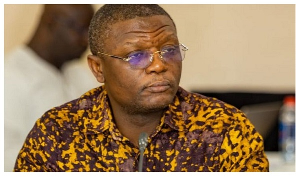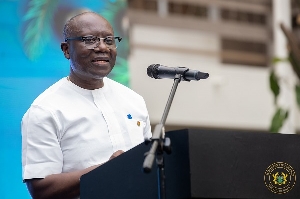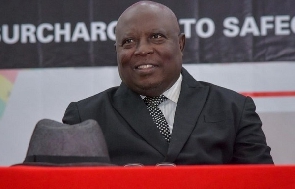The Ghana government believes the economy is on a sound footing, but it is a matter of time before Ghanaians will reap the benefits of measures being implemented now.
A policy think-thank the Institute of Economic Affairs (IEA) feels the Mahama-led administration is over borrowing and that could spell doom for the young oil-producing nation.
“Should we continue on this path, our national debt will grow to about 70% of GDP by 2016 and close to 100% by 2020, returning our nation to where it was some thirty years ago, at the brink of financial collapse,” the IEA said in a statement last week.
“Ghanaians should require the adoption of fiscal policy rules with ceilings on annual fiscal deficits,” it added.
However, the Finance Minister Seth Terkper has downplayed that argument, insisting the policy think-thank failed to look at the other side of the coin.
“We therefore disagree with the IEA’s dire projection of a debt/GDP ratio that does not take account of potential rapid GDP growth and the new debt management policy.
“The IEA Statement also ignores various fiscal stabilizers that have become active in a few years only: These include the establishment of the Stabilization Fund under the Petroleum Revenue Management Act (PRMA, Act 815), the hedging of crude oil imports and the National Petroleum Authority (NPA)’s use of a price stabilization margin in the petroleum price build up,” the finance minister said in a statement.
It added: “Furthermore the analysis fails to consider the optimum impact of projects such as the Gas Processing Plant at Atuabo in the Western Region, which has the capacity to supply 120million standard cubic feet of gas per day from the Jubilee Fields to off takers for the generation 500MW of power.
“The Gas Processing Plant will also produce 500tonnes of Liquefied Petroleum Gas to meet 75% of our present national demand per day.
“This project saves GHC500million annually in crude oil imports for the purposes of firing thermal plants. Potential tax revenue flows into the Petroleum Holding Funds, especially the Budget Funds under the PRMA has also not been taken into account by the IEA’s analysis.”
Regional News of Monday, 23 February 2015
Source: starrfmonline.com
Terkper: Gov’t disagrees with IEA’s dire economic projection

















